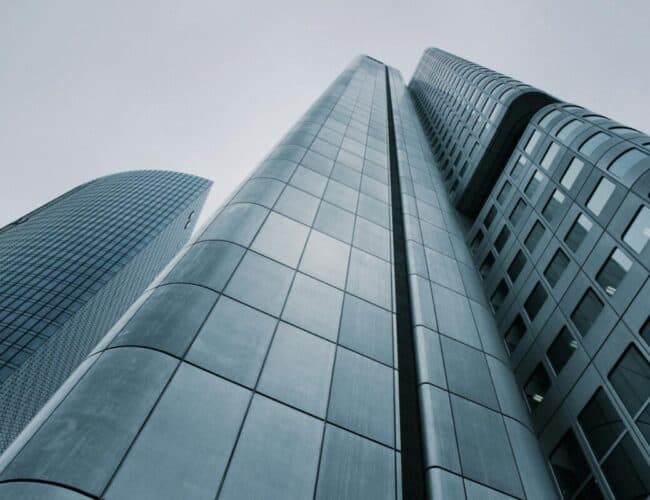Introduction to Commercial Metal Buildings
In recent years, commercial metal buildings have gained enormous traction as a solution showcasing innovation and practicality. Their sleek, modern look and structural sophistication are matched by their ability to accommodate various business needs. Originally prevalent in industrial sectors, metal buildings have transcended their traditional roles and are increasingly embraced in commercial environments, serving diverse architectural purposes. This shift can be attributed to the structures’ robustness and endless adaptability to meet customized specifications effectively.

Construction emerges as the go-to choice as architects and business owners explore building solutions that align functionality with aesthetic value, such as commercial metal buildings. These buildings provide essential benefits catering to economically driven projects yet not compromising style or performance. The burgeoning interest in such constructions echoes a broader trend in designing the urban landscapes of tomorrow.
Key Benefits of Metal Buildings
Metal buildings are known for their cost-effectiveness and durability. They offer reduced construction times, labor expenses, and prefabricated materials. They also require less maintenance because they can resist harsh environments, including severe weather, pests, and fire threats. Metal constructions also allow for creative architectural styles, ranging from minimalist to complex. The inherent strength of metal enables designers to incorporate large spaces without interior supporting columns, providing flexibility in interior design. This adaptability is crucial for businesses seeking tailored spatial solutions and an aesthetically pleasing environment.
Applications in Various Industries
The utility of commercial metal buildings spans numerous industries, a testament to their versatility and functional benefits. In agriculture, metal structures provide barns and storage facilities to protect machinery and livestock from environmental harm. Their durability ensures that valuable equipment is safeguarded year-round.
Educational institutions also value metal buildings. They are cost-effective and spacious solutions for gyms, classrooms, and auditoriums, accommodating large groups without the fear of wear and tear. Retail sectors similarly benefit from utilizing metal buildings for storefronts and distribution hubs that are adaptable to inventory demands. These practical implementations highlight how metal buildings efficiently meet industry-specific challenges and requirements.
Design Considerations for Metal Structures
Designing metal buildings involves balancing aesthetics with functionality, ensuring both visual appeal and practical needs are met. Architects must consider many factors, such as the desired building size, shape, and intended function. Adherence to local building laws and regulations is another critical aspect of the design process.
Large windows and skylights optimize natural light intake and reduce energy expenses through effective daylighting. External finishes, such as color and texture, greatly influence the overall look of the building. This creativity speaks to a unique advantage of metal buildings: unparalleled design flexibility without sacrificing durability or efficiency.
Sustainability and Environmental Impact
Metal buildings are highly sustainable, a significant draw for environmentally conscious builders. Metals used in construction, such as steel, are commonly recycled and can comply with green building standards. Post-use, these structures offer the potential for material reuse, dramatically reducing landfill contributions.
Moreover, metal buildings can be designed to conserve energy through enhanced insulation and advanced HVAC systems, promoting energy efficiency. This reduces operational energy demands and minimizes carbon footprints, affirming metal buildings as a sustainable choice in the battle against climate change.